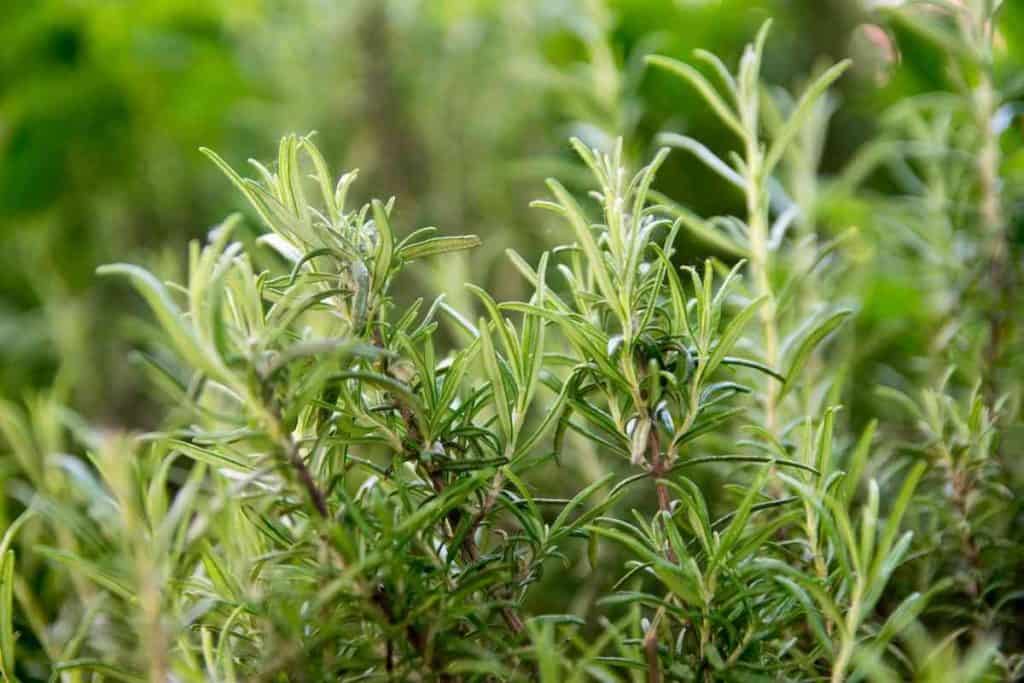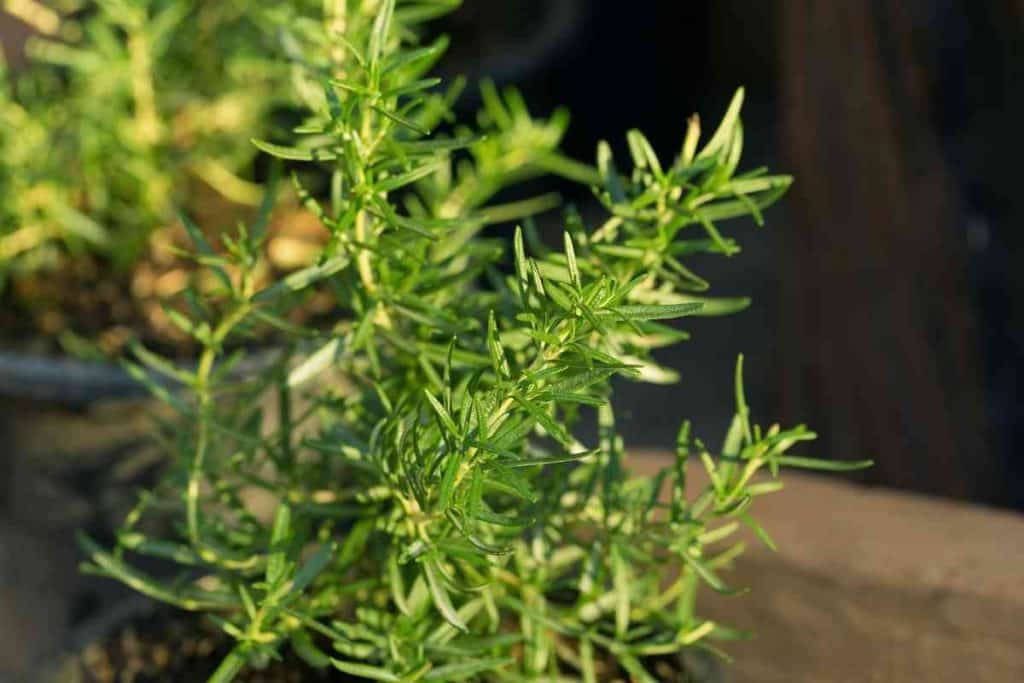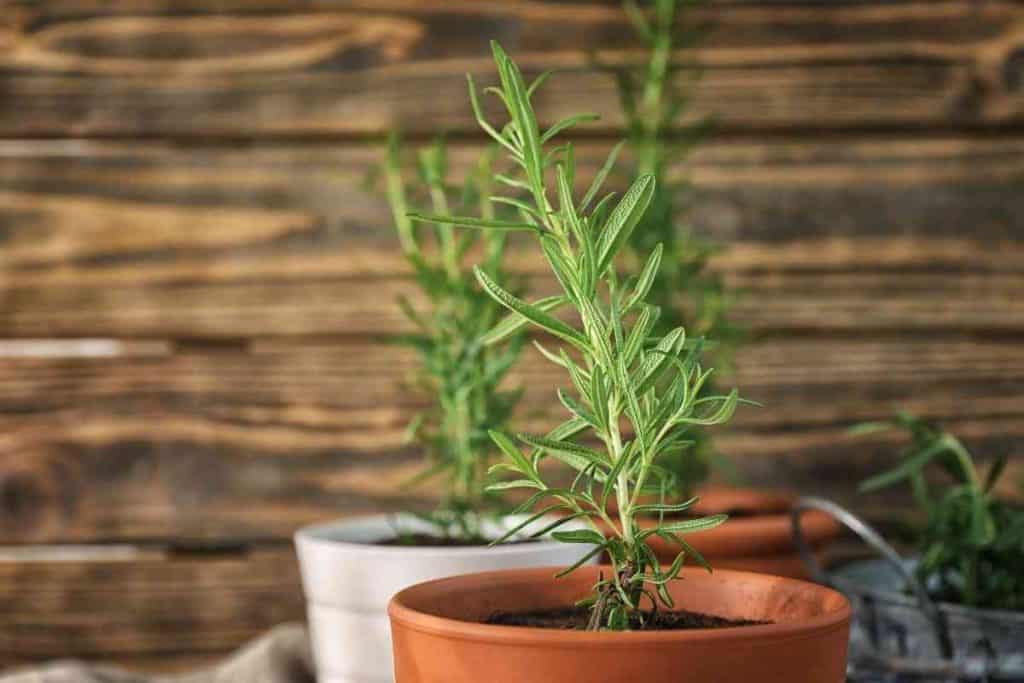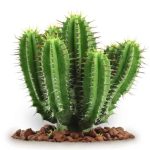You've probably wondered what kind of plant rosemary is, especially considering its flowering seasons, time zones, and harvest time.
It could be that the plant is having difficulty blooming as it ought to or blooming more than expected; hence, getting you confused about what type of plant it is. But is rosemary a perennial?
Yes, rosemary plant is a perennial herb, but it is considered a natural perennial that you can prune and plant again as an annual plant after each season.
However, you can produce any rosemary variety planted in the garden according to its flowering season, which is during late summer and early winter, climate, soil type, and planting purpose to help them ripe and become mature for harvest.
Table of Contents
What Is Rosemary?

Scientifically known as Rosmarinus officinalis, the rosemary is a herbaceous plant native to the Mediterranean Sea’s coastlines and does best in warm climates with moderate humidity. In this condition, it can go on to become a huge shrub.
Rosemary is often the best choice for many local herb gardeners as it is an easy-to-grow plant. It can be used as cooking spices, as it possesses a strong flavor and pine-like smell. Different types of Rosemary used as spices include Blue Boy, Spice Islands, and White Rosemary.
Rosemary is a very attractive plant that features beautiful colors and a sweet scent that draws humans, birds, butterflies, insects, etc. If you grow it in optimal conditions, you should expect it to grow rapidly, even to the extent that it starts being a nuisance, especially without proper handling.
Is Rosemary A Perennial?
First, what does it mean when a plant is said to be perennial? A perennial plant is a plant that takes several years to complete its life cycle. In contrast, an annual plant is a plant that completes its life cycle within one year.
As earlier mentioned, Rosemary is a perennial herb, but you can grow it as an annual plant since you can prune and regrow it after each season.
However, the best thing to do is to produce different types based on their flowering seasons, according to their later summer and early winter, climate, soil type, and reason for planting. Doing so will help them become ripe and mature for harvest at the right time.
Note that you can mainly find the blue-flowering perennial evergreen plant in herb gardens planted in the same place as other plants or herbs like thyme, oregano, sage, and lavender.
Is Rosemary Edible?

Maybe you have plans to use Rosemary in your food as a spice, but you are afraid because you are unsure if it is safe for kitchen use or consumption.
You have nothing to worry about because Rosemary is an edible shrub. Therefore, you can use its leaves and woody stem for food either to finish or for an entire meal.
You can even use its leaves as a spice for meat and fish, use them as tea, and apply them as flavor to lemonades. Unlike other species that can only be used as ornamental plants, Rosemary is edible and eatable. You can eat it raw, dried, or sometimes simmered to soften the leaves.
Rosemary can be sprinkled over your food or tea, as it has essential nutrients like iron, calcium, and vitamin B-6. However, do not eat too much to prevent deficiencies like vomiting and weakness, uterine bleeding, kidney irritation, skin redness and dryness, and increased sun sensitivity.
Does Rosemary Spread?
Yes, the Rosemary can be spread. You can spread the Rosemary by planting or propagation through the stem cutting process. Stem cutting means of propagation is the most standard, accessible, and efficient method to propagate or spread the rosemary plant.
Most gardeners that do not favor the empty nature of their rosemary garden can aim toward filling their entire garden with Rosemary through the techniques that are as follows:
- Similar to the parent plant
- Re-pot, transplant, or remove from nursery boxes when the plant becomes more mature and the roots occupy the pot
- Prune Rosemary as often as possible to prevent leaf overlapping
- Cut off dead leaves to avoid insect infestations and diseases
Is Rosemary Invasive?

Technically, Rosemary is not invasive. Several gardeners mistake it as being invasive in its ability to expand and spread across a huge land area after two years.
However, it possesses invasive roots because as they develop, they enter deep into the soil and make it cover other areas of the garden where other shrubs are made to grow.
Although, if you encounter such in your garden, it might be strange and might get you worried about whether all your rosemary plants will choke other shrubs around them if you encounter such in your garden.
Of course, you’ve to get worried. But, if you must prevent them from spreading to other areas of the garden, then you must;
- Harvest them very early
- Prune periodically and cut off their stems or dead leaves
- Replant as early as possible from nursery boxes or seed pots
- Use frequently
Is Rosemary Drought Tolerant?
Yes, Rosemary is drought tolerant since lack of water cannot hamper its growth and production. Rosemary is a shrub that is not favored by wet, damp, or swamp-like soils and can thrive independently without water over an extended period.
However, the plant needs a little routine watering, say once a week.
Does Rosemary Need Fertilizer?
Rosemary doesn’t necessarily need fertilizer. But, if you must feed it, it must be done periodically, say, once during the early spring before new growth emerges, especially when its development is stunted or reveals slow or pale yellow.
And it must be applied correctly with an all-purpose fertilizer, be it dry or liquid.




